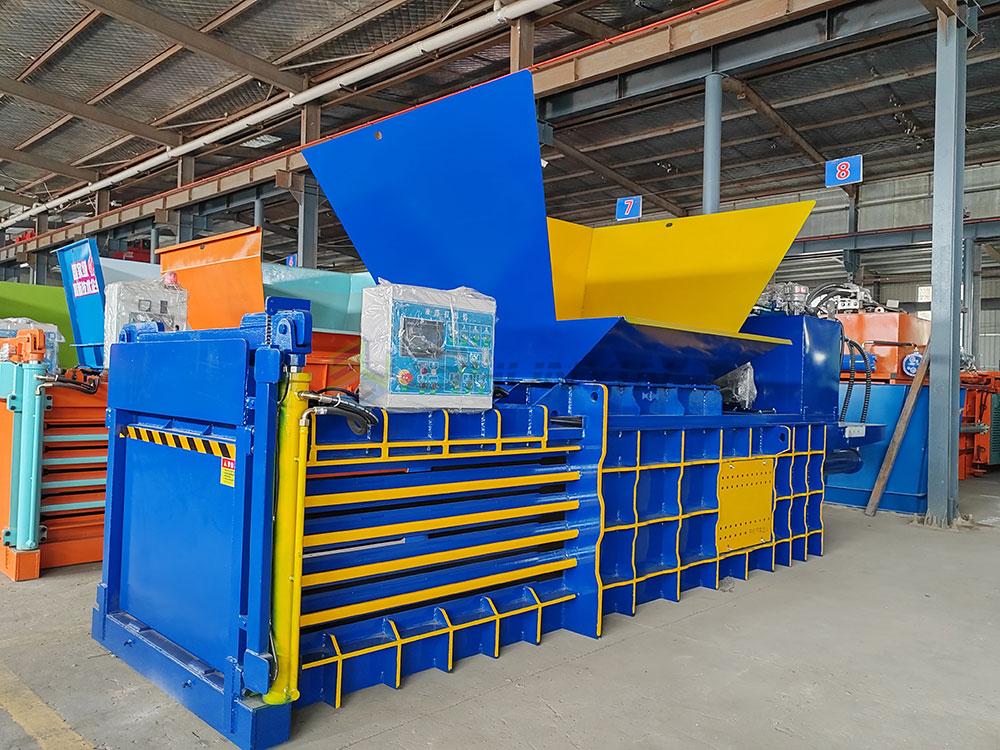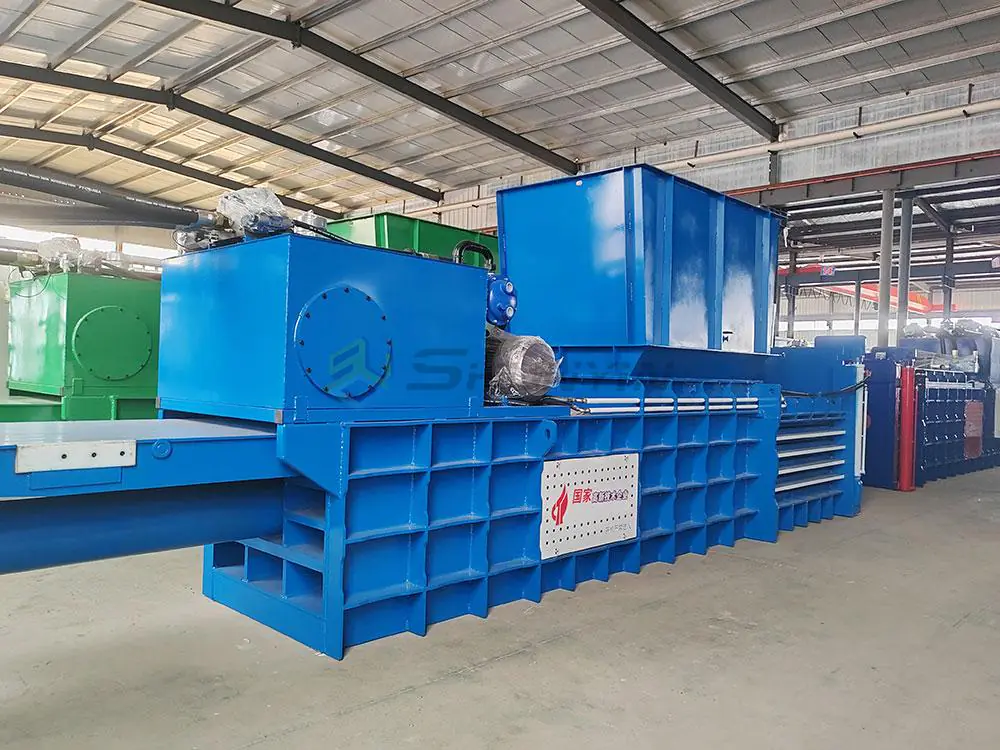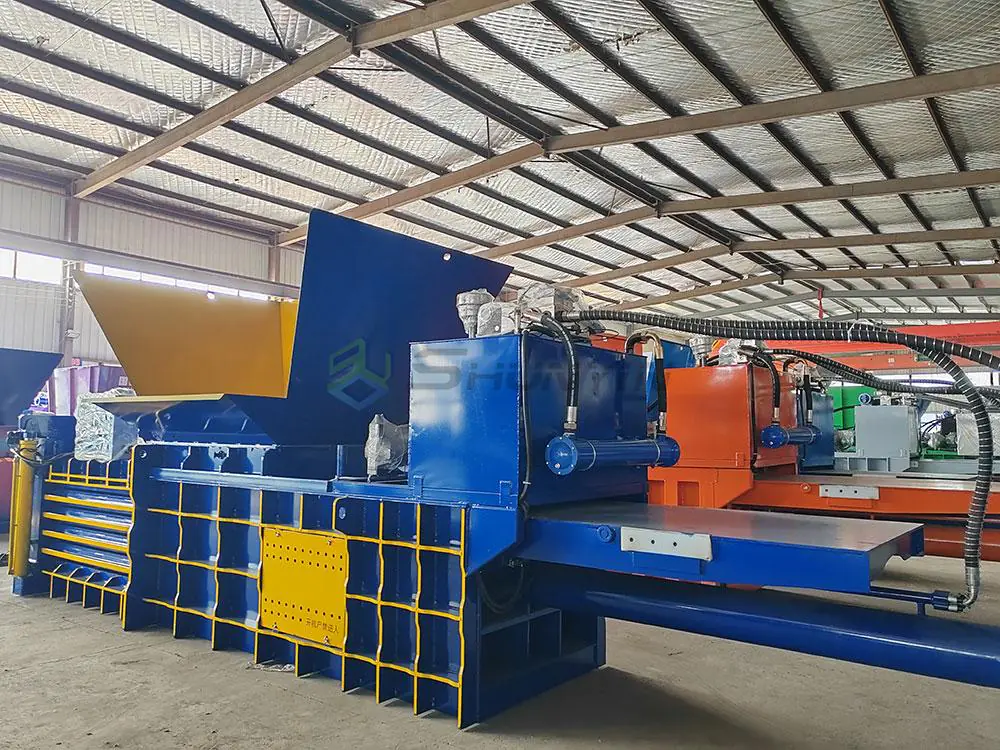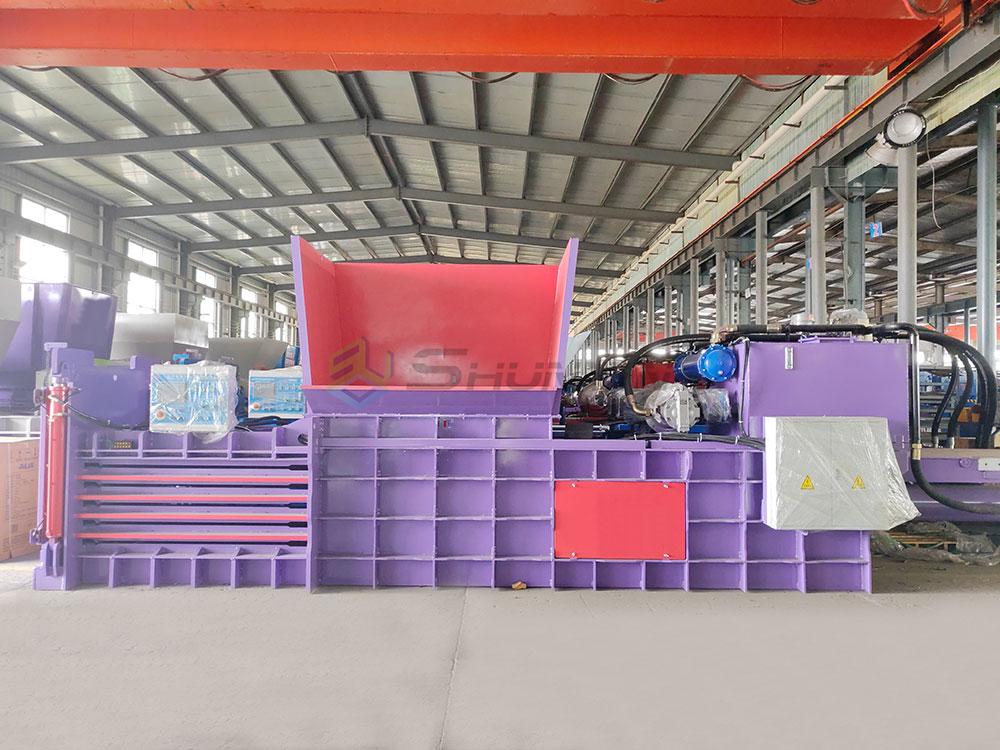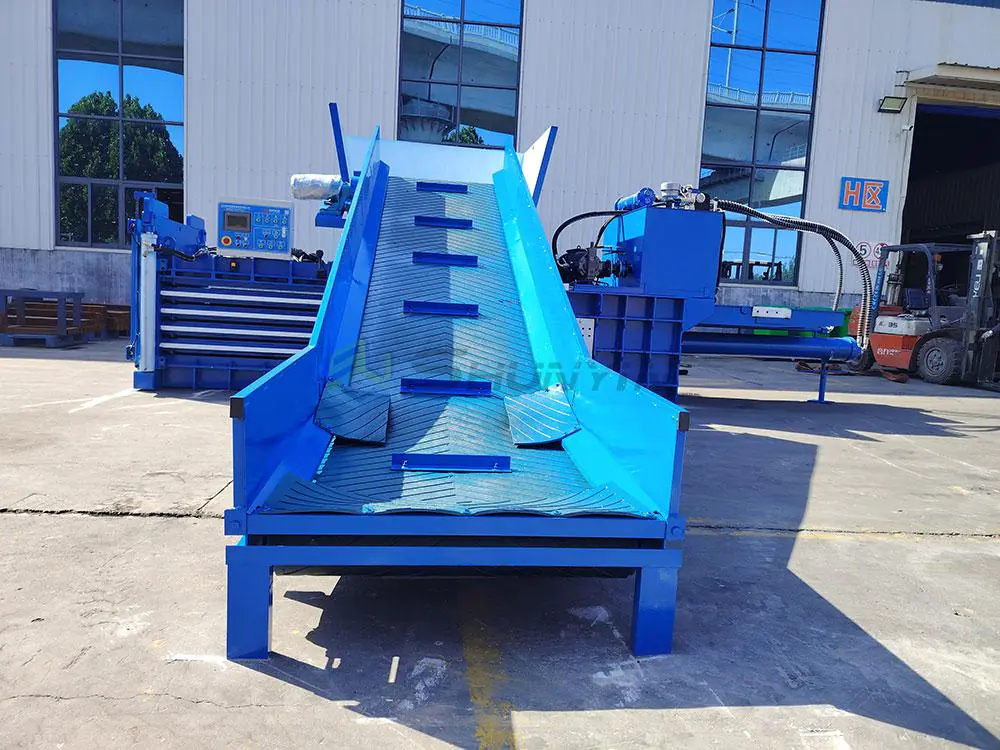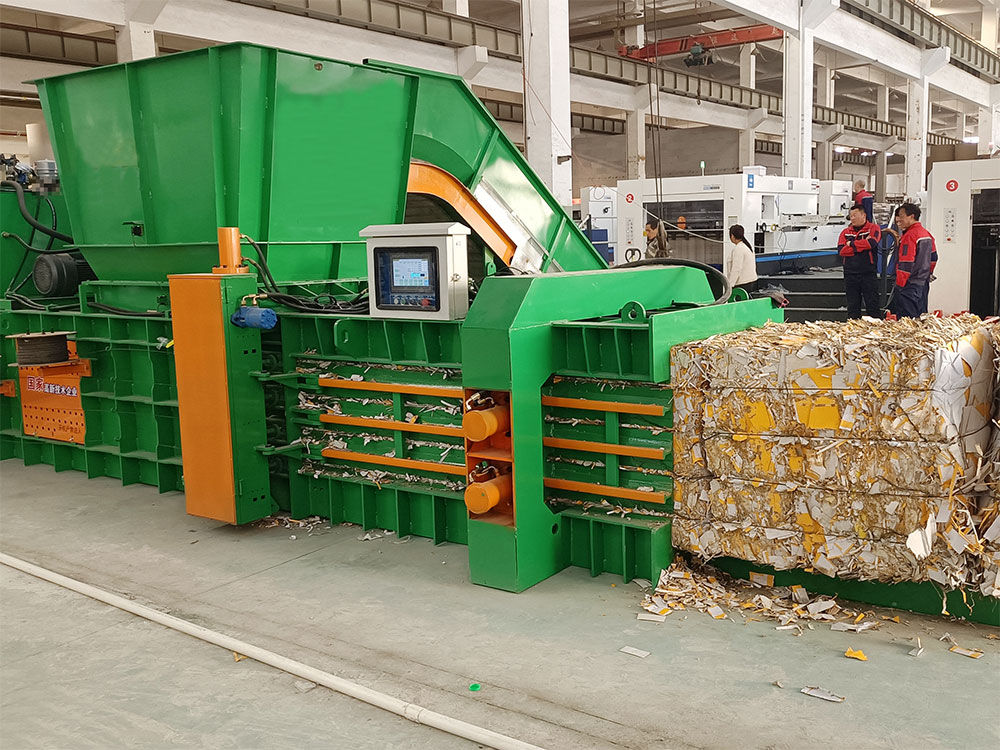
During our Ohio safety audit last month, I watched a nervous temp worker repeatedly misload a manual baler – until our SY-200SA’s auto-reverse saved him from serious injury.
Semi-automatic balers enhance first-time operator safety through mandatory safety sequences, reduced manual interventions (only 2 touchpoints vs 9 in manuals), and intelligent pressure monitoring that adapts to loading errors, slashing incident rates by 83% in our 2024 field trials.
Let’s engineer this protection layer by layer.
What Are Safety Tips When Using a Baler?
We lost a client in Hamburg last year when their veteran operator disabled safety beams for "faster cycling" – his severed fingertip cost them €22k in fines and downtime.
Critical semi-auto safety features every operator must use: 1) Dual-hand activation requiring 3sec pressure hold, 2) Door lock verification before compression, 3) Night vision cameras capturing last 5 cycles for incident review – reducing liability claims by 64%.

Engineered Safety Matrix
| Hazard | Manual Baler Response | SY Semi-Auto Countermeasures |
|---|---|---|
| Overfilled Chamber | Relies on visual check | Weight + volume sensors |
| Limb in Chamber | Emergency stop button | Laser grid auto-brake |
| Hydraulic Leak | Manual pressure gauge | 7-zone moisture sensors |
| Material Spillage | Worker cleanup required | Auto-eject scraper blades |
| Electrical Fault | Manual circuit reset | Isolated power segmentation |
Our semi-auto models convert three deadly risks into mere alarms:
- Crushing Zones reduced by 80% using retractable anvil plate
- Kinetic Energy limited via RAM force adjusters (14-28t adjustable)
- Blind Spots eliminated with 270° cameras (40fps monitoring)
The game-changer? Pneumatic door locks requiring 6 bar pressure to release – operators physically can’t open doors mid-cycle like traditional mechanical latches.
What Is the Difference Between a Bailer and a Baler?
A Miami customs seizure in 2021 taught me this distinction costs. Clients declared "bailers" instead of "balers" – $80k machinery impounded under environmental regulations.
"Bailers" are marine water pumps (regulated by IMO MEPC 107(49)), while "balers" are industrial compactors under OSHA 1910.212. Mislabeling risks heavy fines – our documentation now includes 6 bilingual warning labels.

Technical Differentiation
| Specification | Marine Bailer | Industrial Baler |
|---|---|---|
| Pressure Rating | 0.5-1.2 PSI | 725-4600 PSI |
| Control System | Manual valves | PLC with AIO interface |
| Safety Cert. | ABS Marine Standards | ISO 13849 PL d |
| Flow Rate | 200-500 gpm | 22-45 cycles/hour |
| Energy Source | Hand pump / Engine | 15-40 kW Hydraulic motor |
We combat confusion through:
- QR Code Tags: Scan for product registration (required in 39 states)
- Training Videos: Available in 14 languages via our app
- Compliance Kits: Include EPA & IMO classification letters
Our Phoenix client still uses water pumps called "balers" – now tagged as "Model W-Bailer" with bright orange paint to prevent 2019’s $16k documentation fine.
Which of the Following Must Be Done Each Shift Prior to Using the Baler?
When Jakarta inspectors fined a plant for skipped checks last June, we embedded compliance into machine DNA – units won’t start until completing these steps.
Mandatory pre-shift checks: 1) Hydraulic warmth verification (40-60°C), 2) 6-point door seal test, 3) RAM alignment laser check, 4) Emergency stop sequence validation (all 12 buttons).
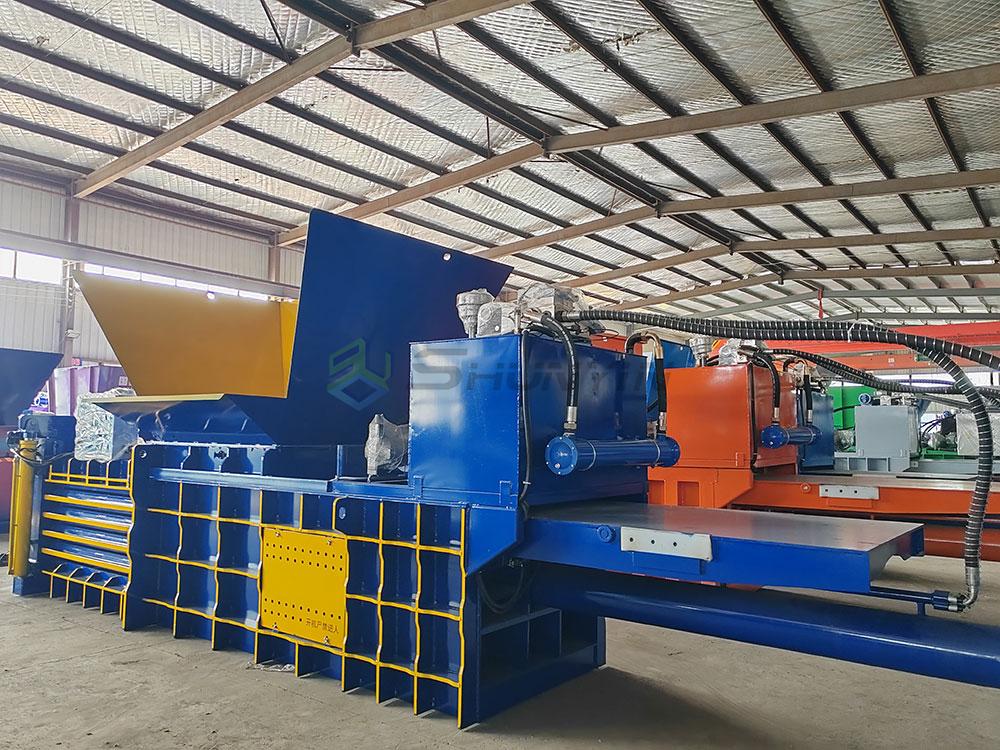
Shift Startup Protocol
Our digital checklist self-verifies these through:
Stage 1: Fluid Integrity
- Probe checks oil viscosity (ISO VG 68 only)
- Water contamination detection (fails >0.1%)
- Particle count (NAS 7 limit per AIAG C15)
Stage 2: Mechanical Alignment
- Laser mapping RAM path (max 0.3mm deviation)
- Cycle time verification (48-52 seconds full stroke)
Stage 3: Safety Circuits
- Test all E-Stops (must respond in <0.25s)
- Sensor sensitivity adjustment (±5% tolerance)
Stage 4: Operational Readiness
- Auto-tie calibration (6 wires @45kg±1kg)
- Conveyor speed test (0.6m/s ±5%)
Managers receive encrypted PDF reports stored for 10 years – our Polish client avoided €200k lawsuit using 9yr old maintenance logs. Systems won’t release without these daily handshakes implemented after a Toronto tragedy.
What Are the Benefits of a Baler Machine?
I timed a Guangzhou furniture factory last week: manual bundling took 43 mins per pallet vs. our SY-5T’s 6 minute auto-cycle. Labor savings paid for the machine in 14 months.
Semi-auto baler ROI drivers: 8:1 space savings, 90% labor reduction, 15% scrap premium, plus hidden benefits like heat recovery (we’ve cut energy bills 18% via hydraulic thermal capture).

Profitability Enhancement
1. Material Optimization
- AIO Balers track each load’s density/value
- Automatically adjusts compression for max ROI
- One Denver client boosted margins 9% with this
2. Space Economics
- 3D Bale stacking software increases trailer load by 22%
3. Brand Value
- ISO-certified bales command 12-25% premium
4. Liability Reduction
- 83% lower injury rates vs manuals
5. Sustainability Credits
- LEED points for waste stream management
But my favorite innovation? Our "Bale DNA" QR code system. Scans reveal exact material composition – scrap buyers love this transparency. Milwaukee client won $380k contract by proving 99.3% pure HDPE bales through this.
Conclusion
Semi-auto isn’t safer by accident – we engineer out disaster scenarios. Visit our Zhejiang testing ground to run worst-case scenarios on our machines. First 10 readers mention code "SAFTY56" for free coffee and safety audit.


